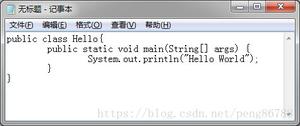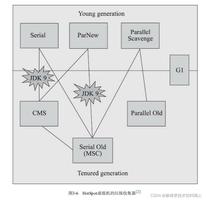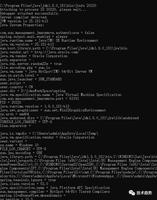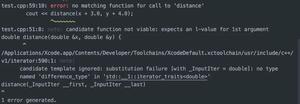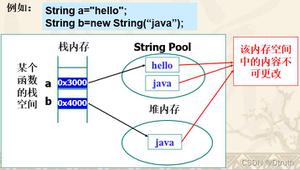java中concat()方法的使用说明
concat()方法介绍:
将几个字符串连接到一起。
例如:
s = s.concat(str1);//将字符串str1接到字符串s后面
s = s.concat(str2);//将字符串str1接到字符串s后面
代码:
public class Test {
public static void main(String[] args){
String s = "厉害了,";
String str1 = "我的";
String str2 = "国!";
s = s.concat(str1);//将字符串str1接到字符串s后面
s = s.concat(str2);//将字符串str1接到字符串s后面
System.out.println(s);
}
}
运行结果:
厉害了,我的国!
补充知识:Java| String 字符串拼接方法 concat 和 + 效率比较
测试代码:
public static void main(String[] args) {
String str1 = "yveshe";
String str2 = "hello";
/**
* concat
*/
System.gc();
long startTime1 = System.currentTimeMillis();
for (int i = 0; i < 10000; i++) {
str1 = str1.concat(str2);
}
long endTime1 = System.currentTimeMillis();
System.out.println("concat:" + (endTime1 - startTime1));
/**
* +
*/
str1 = "yveshe";
System.gc();
long startTime2 = System.currentTimeMillis();
for (int i = 0; i < 10000; i++) {
str1 = str1 + str2;
}
long endTime2 = System.currentTimeMillis();
System.out.println("+: " + (endTime2 - startTime2));
}
测试结果:
concat:231
+: 468
总结:
1.concat的计算效率要比+的效率高
2.concat只适用于string和string的拼接,+适用于string和任何对象的拼接
3.当在少量的数据拼接时,使用concat和+都行,如果是大量的数据拼接,建议使用StringBuilder或者StringBuffer.
以上这篇java中concat()方法的使用说明就是小编分享给大家的全部内容了,希望能给大家一个参考,也希望大家多多支持。
以上是 java中concat()方法的使用说明 的全部内容, 来源链接: utcz.com/z/361010.html

